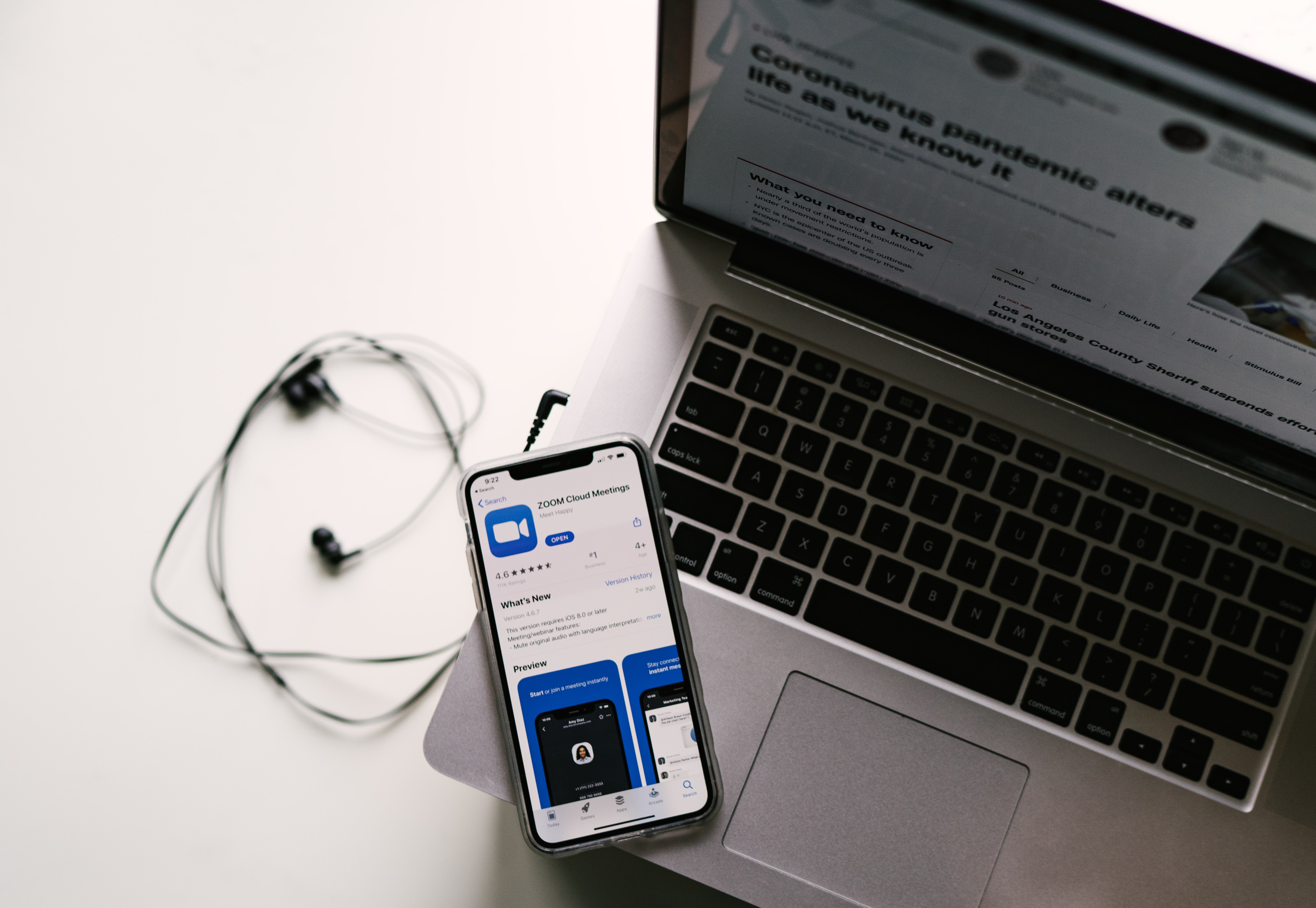
As a physical therapist, I thrive on connecting with patients using beyond my questions and verbal ability. Things like body language, timing of speech, vocal tone, and physical presence can set the stage for a visit and establish the foundation of a relationship with the patient.
When the coronavirus hit, many work hours were stripped from general outpatient clinics due to safety reasons. Most physical therapists had to resort to the technology other industries were already used to using for meetings, conference calls, etc. I was pushed out of my element and I felt like half my skills were taken away! But I knew my patients still needed care–and I needed to adapt to provide it to them at the level of quality they deserved.
Telehealth was still in its primitive stages, and very few clinics had actually adopted it and grown it within physical therapy. It had mostly been used for follow-ups and shorter visits in my experience–after already an introductory relationship had already been established with the patient. A critical piece in the physical therapy process.
As I started my virtual business, I learned a few ways to make sure the “personal” aspect of the visit is still there. Some were obvious things, some not so obvious..but making sure of them made it seem that that patient-clinician connection was working the magic it should throughout the visit. I was surprised at first, for two reasons. First, I was surprised that it was still even possible to feel like “you were there” with the patient. Secondly, I learned I had one more thing in common with my patient– we were both forced to adapt to this use of technology in this situation!
The last couple months I have learned to love it. There is a kind of satisfaction that comes from knowing the key part of the reason I chose this career can still be part of my everyday life during these exceptionally difficult times. Patients deserve to know their health visit experience is still just as important as before, and clinicians should be encouraged to use other skills to make it feel as comfortable as possible.
From basic tech checklists to personal ones…Here’s how to make the most out of your virtual visits:
- Tech Support: Be sure your wi-fi connection is strong enough to avoid any chops throughout the video call.
- Lights & Camera: Ensure proper lighting and view within the camera. Use it to “get eye level” with the screen, just like you would with a person.
- Mic Check: Ensure the if they can hear you clearly. Speak up if needed.
- Don’t interrupt: Be sure to let them finish a thought. This gets difficult to hear voices over video chat when there’s more than one person speaking at once.
- Get to know the patient: Ask questions outside of their diagnosis! Yes, this means the questions you may ask other times, “Where are you from?”, “How was your weekend?”, “How are you holding up with all this?”. We are all finding ways to get through this pandemic, might as well connect over it!
- Don’t forget to SMILE. Break the ice, laugh about how they may get a glimpse of your home more than they would otherwise. If you’re a physical therapist, connect over the fact you will likely be demonstrating exercises a lot more than usual that you may get a workout too!
Make your patient feel comfortable. Assure them that you are available. Empathize. Be aware that your body language, voice, and presence can and are still making an impact on how this session goes…and that’s for both parties.
People can feel uncertain when knowing the physical therapist who usually performs some sort of hands-on care, will be miles away behind a screen instructing them. Uncertainty can lead to fear and fear can lead to more pain!
The point is, human connection is just as important, if not more, during times like this. Embrace it and be the healthcare provider you took an oath to be. Your patients still need you.


